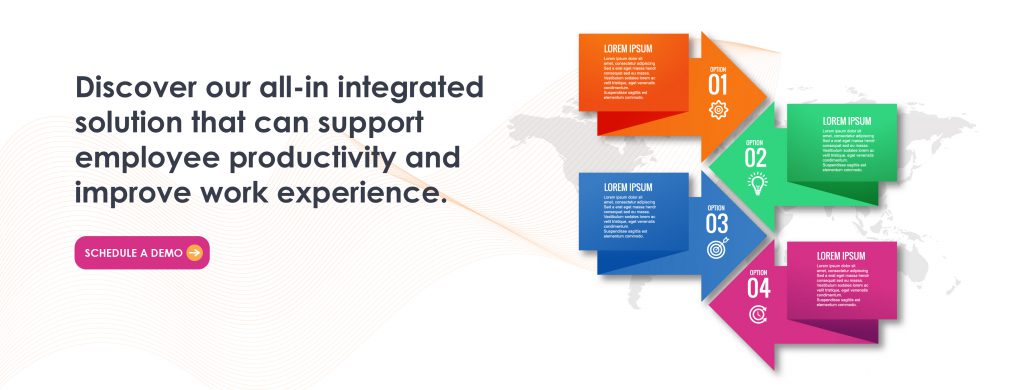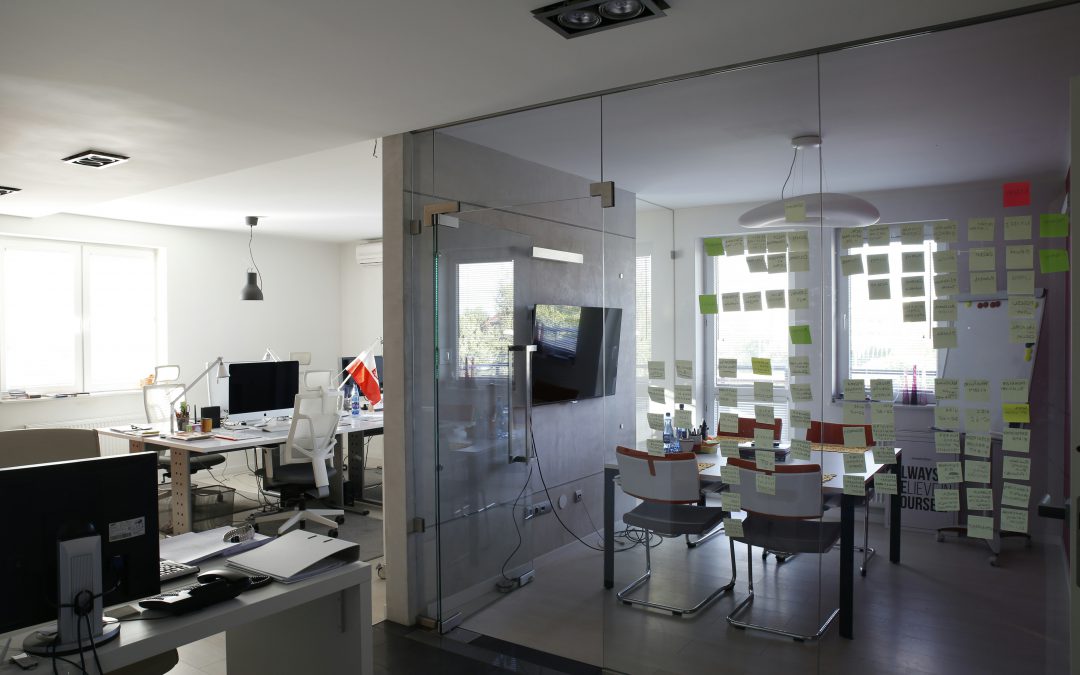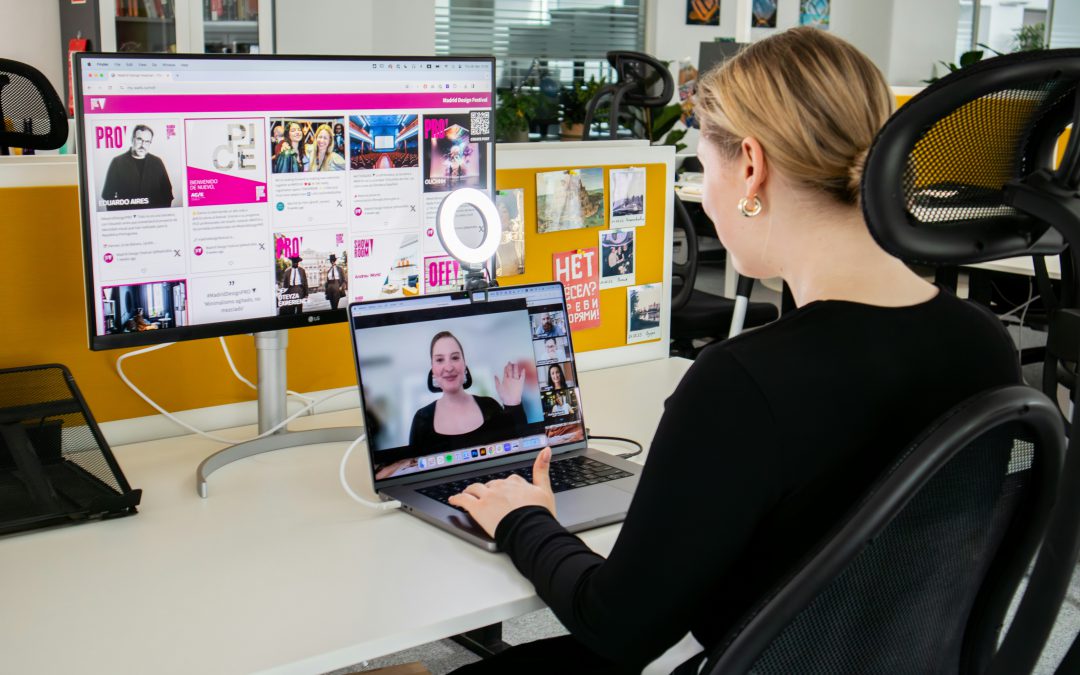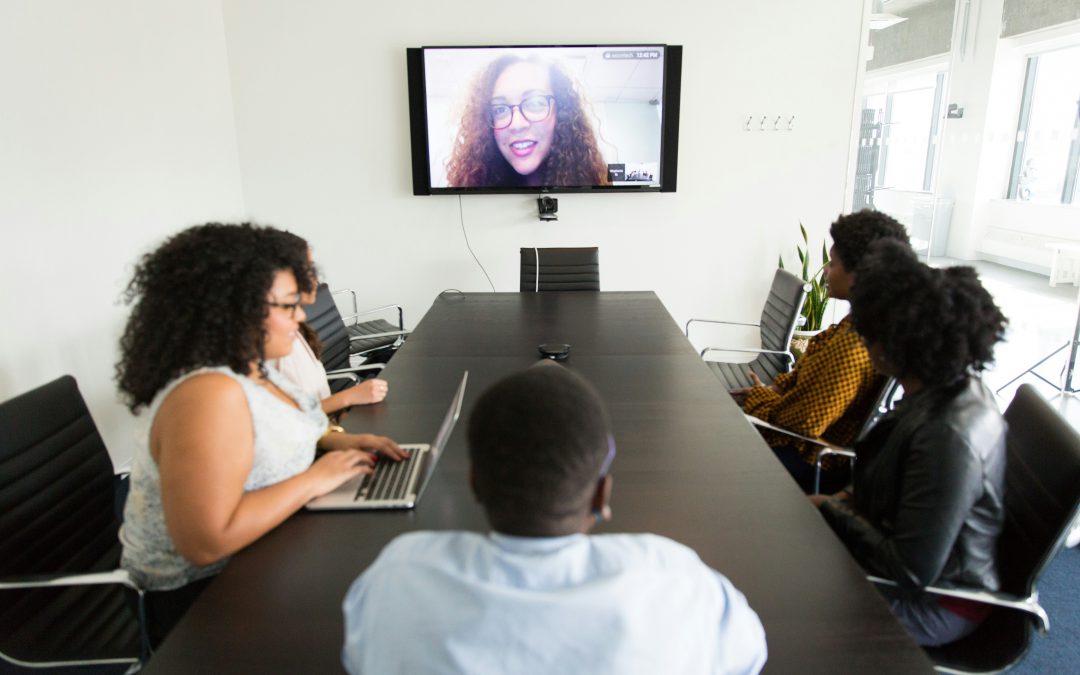In general, people don’t like change, especially office employees. Why? It entails them learning new technology and forgetting about old processes they are probably already used to and comfortable with.
Employees are an integral part of an enterprise’s success and growth. Suppose a new technology is needed to improve their productivity and achieve better results in inter-department collaborative projects. In that case, it is crucial that you carefully plan a strategy to build bridges, not barriers, when introducing a new technology in your office.
While some employees might grumble about taking their time away from their tasks and learning this new technology, some willingly embrace the change. But does that mean you can spring up a new process without giving everyone a heads up? Probably not.
Provide a seamless employee experience from planning to rollout. Make sure that you follow these four simple steps to implement new technology for your organization successfully.
1. Communicate early on
According to a survey conducted by the American Psychological Association, about 50% of employees believe that their employer is not transparent with them. That’s why you must give everyone a heads up when you plan to find a new technology. Take into consideration that employees are far more understanding when they are in the loop and will most likely willing to help in the transition phase if they are informed head-on about their role in the process.

2. Educate and prepare helpful resources
Not everyone can learn at the same pace. Therefore, create different training methods to achieve a seamless transition to new technology, whether it be running multiple group training sessions or one-on-one sessions, ensuring that all employees know and understand the latest technology concept before jumping on to the features and essential details they need to keep in mind.
A good rule of thumb is to prepare resources that every employee can access even after the training sessions. These will help them further gain knowledge of the new technology and prove valuable when the product rolls out.
3. Ask for feedback
Hear what your employees have to say.
Whether you are still looking for new technology or you are weeks into the rollout phase, a mechanism where employees can share feedback, frustrations, concerns, and issues is highly important. By spending time listening to what your employees have to say about the idea or their experience of new technology, they will feel valued and have a greater chance of embracing the change.
4. Expect the unexpected
Every day is not smooth sailing.
Allow room for improvement. While many may adapt to the new technology fast and efficiently, there might still be some who will struggle. Even after all the training sessions and resources available, learning to expect delays or failure is one way to prepare for it and have a solution ready by the time it arises. Give time to understand why some employees are struggling and promote positive reinforcement to overcome user challenges.
Remember your goal.
Change doesn’t happen so quickly, no matter how precise or seamless your implementation plan may be. Of course, there will be drawbacks, but keeping your eye on the goal helps to remember why you are making the change anyway. If you follow these steps, you’ll successfully implement a new technology that would contribute to the increase of productivity of your employees and positively affect the organization’s success.
Looking for an easy-to-use platform that you can implement in your organization to help your employees become more productive and your workspace as efficient as possible? Check out our all-in integrated solution to support employee productivity and work experience.







